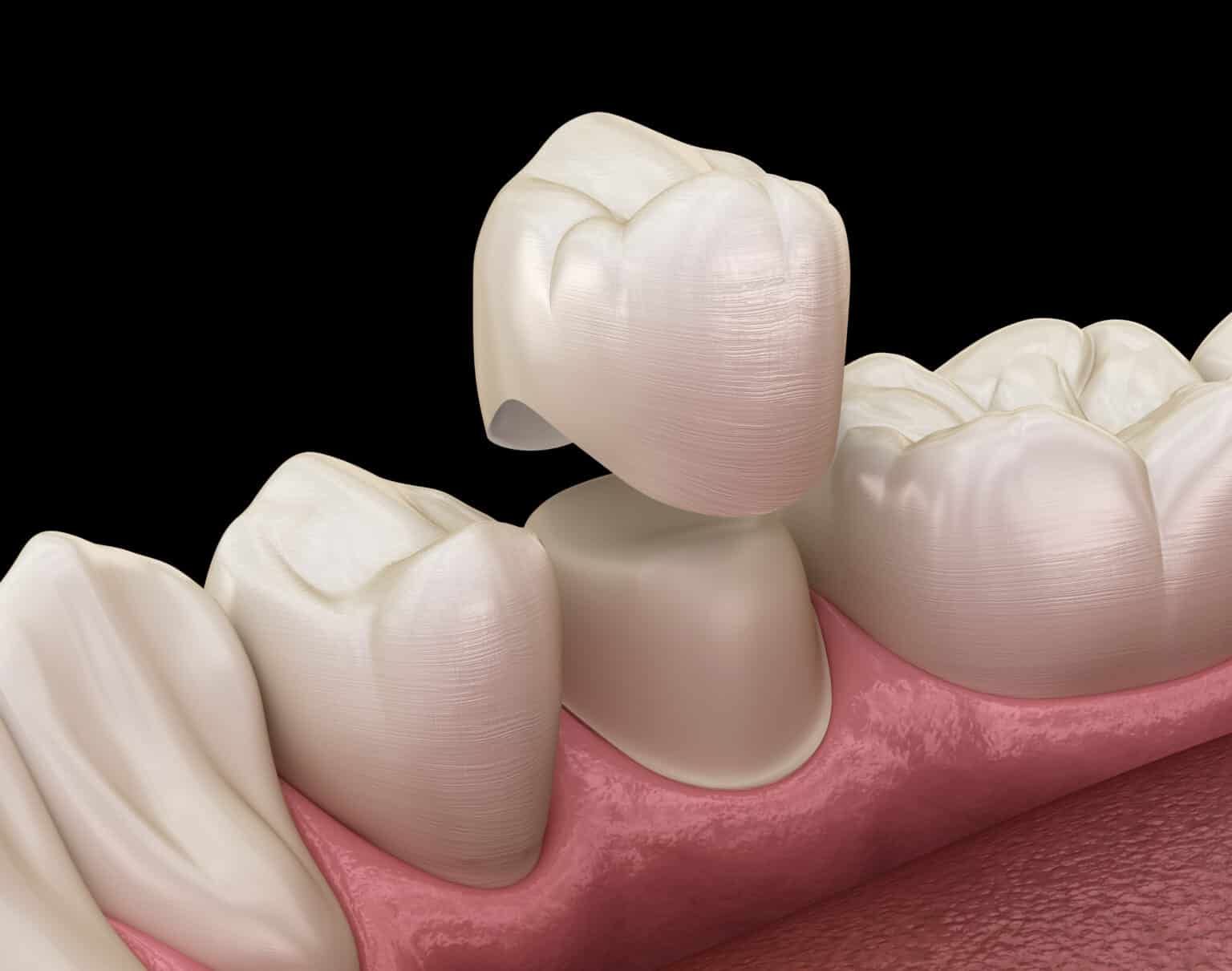Do Dental Crowns Need to Be Replaced After a Certain Age?
Dental crowns are a common solution for protecting damaged teeth, restoring their function, and enhancing your smile. However, many patients at Edmonton Smiles often ask: “Do dental crowns need to be replaced after a certain age?” The short answer is yes — although dental crowns are durable, they are not designed to last forever. Over time, crowns can wear down, loosen, or develop issues that require replacement. In this article, we’ll explore how long dental crowns typically last, what signs suggest they need replacing, and how to maximize the lifespan of your crowns.
How Long Do Dental Crowns Last?
The average lifespan of a dental crown is between 10 to 15 years. However, with excellent oral hygiene and regular dental checkups, some crowns can last 20 years or more. Several factors influence how long a crown can stay intact:
- Material: Porcelain-fused-to-metal crowns, ceramic crowns, resin crowns, and metal crowns (like gold) all have different durability levels.
- Oral Hygiene Habits: Regular brushing, flossing, and professional cleanings extend the crown’s life.
- Bite Forces: Grinding (bruxism) or clenching your teeth can stress crowns and shorten their lifespan.
- Location: Crowns on molars endure more chewing pressure compared to those on front teeth.
At Edmonton Smiles, we carefully select the best materials for your needs to help ensure your dental crowns last as long as possible.
Why Dental Crowns Need Replacement Over Time
Even the most durable dental crowns eventually need replacement due to:
1. Wear and Tear
Just like natural teeth, crowns endure daily chewing, biting, and grinding forces. Over the years, this can cause the material to thin, crack, or chip, leading to functional issues.
2. Decay at the Crown’s Margins
While the crown itself cannot decay, the natural tooth structure beneath it can. If bacteria infiltrate the margin where the crown meets the tooth, decay can form, compromising the crown’s stability.
3. Gum Recession
As gums naturally recede with age, the edges of a crown may become exposed, creating pockets where bacteria can accumulate and cause decay.
4. Crown Loosening
The dental cement securing a crown can degrade over time. A loose crown can trap food particles, increasing the risk of cavities and infections.
5. Aesthetic Changes
Over time, natural teeth may darken or change, causing a once-perfectly matched crown to stand out. Some patients choose to replace crowns for cosmetic reasons alone.
Signs Your Dental Crown May Need Replacing
Be alert for these signs that may indicate it’s time to replace your dental crown:
- Persistent discomfort or sensitivity around the crowned tooth.
- Visible wear, cracks, or chips on the crown.
- Loose crown or noticeable movement.
- Dark lines near the gumline (especially for porcelain-fused-to-metal crowns).
- Recurrent decay or infection beneath the crown.
- Changes in your bite or jaw discomfort.
If you experience any of these symptoms, schedule a visit with Edmonton Smiles for an evaluation. Addressing the problem early can prevent more serious dental issues.
Can You Prolong the Life of Your Dental Crown?
Absolutely. While dental crowns have a finite lifespan, proper care can significantly prolong their function and appearance. Here’s how:
- Practice Excellent Oral Hygiene: Brush twice daily with fluoride toothpaste and floss around the crown.
- Visit Your Dentist Regularly: Routine checkups allow your dentist to monitor your crown’s condition and detect early problems.
- Wear a Nightguard if Needed: If you grind your teeth, a custom nightguard protects your crown (and your natural teeth).
- Avoid Hard Foods: Chewing on ice, hard candies, or pens can crack or damage crowns.
- Maintain a Healthy Diet: Limiting sugary snacks and acidic beverages supports overall dental health.
At Edmonton Smiles, we not only install durable, natural-looking crowns but also educate you on maintaining them for the long haul.
What Happens During a Dental Crown Replacement?
If a crown needs replacement, the process is straightforward and similar to the original placement:
- Evaluation: The dentist examines your crown and underlying tooth using digital X-rays and a visual inspection.
- Crown Removal: The old crown is carefully removed.
- Preparation: The tooth may need reshaping or treatment if decay is present.
- Impression Taking: A new impression is taken to create your custom crown.
- Temporary Crown: A temporary crown may be placed while your permanent one is crafted.
- Placement: Once ready, the new crown is securely bonded in place.
Thanks to modern dental technologies and sedation options available at Edmonton Smiles, the procedure is efficient, comfortable, and highly successful.
Final Thoughts: Stay Proactive About Your Dental Crowns
Dental crowns are a long-term investment in your oral health. While they do not last forever, proactive care and regular dental visits help extend their life and prevent unexpected problems.
If you suspect your crown may need replacement — or if you haven’t had it checked in a while — Edmonton Smiles is here to help. Our compassionate team is dedicated to keeping your smile healthy, strong, and beautiful for years to come.
Schedule your dental crown evaluation today with Edmonton’s trusted dental team at Edmonton Smiles!

